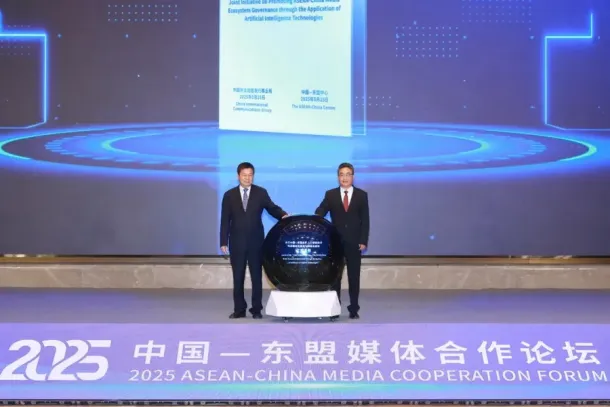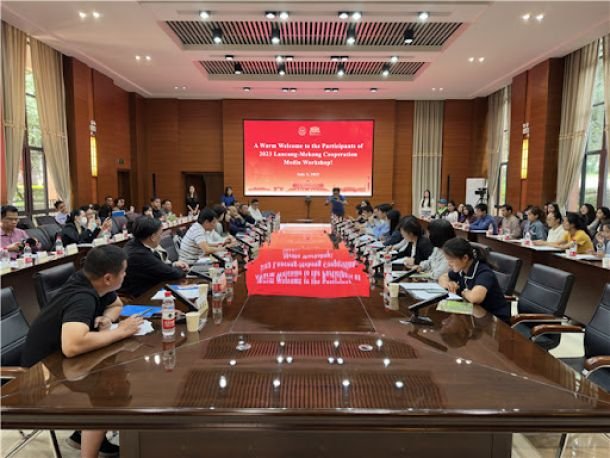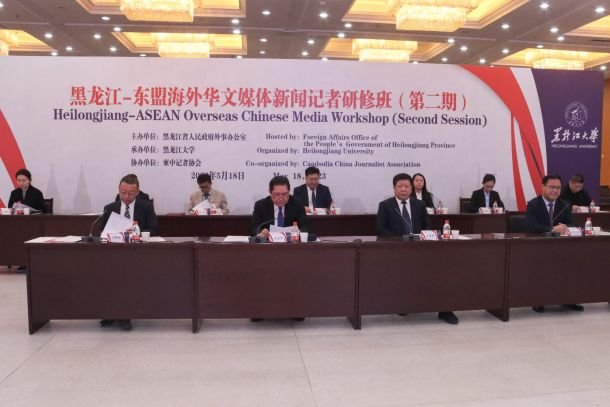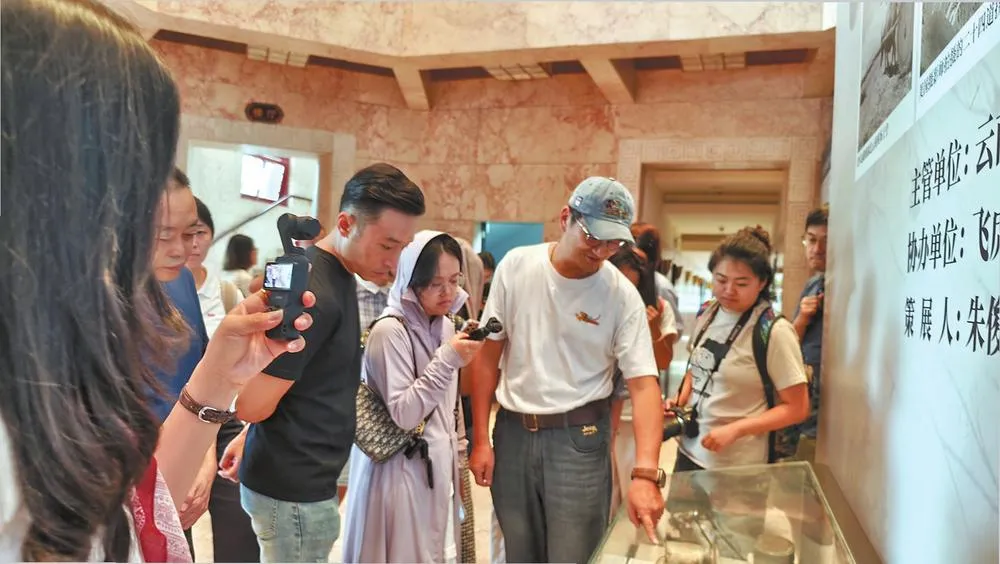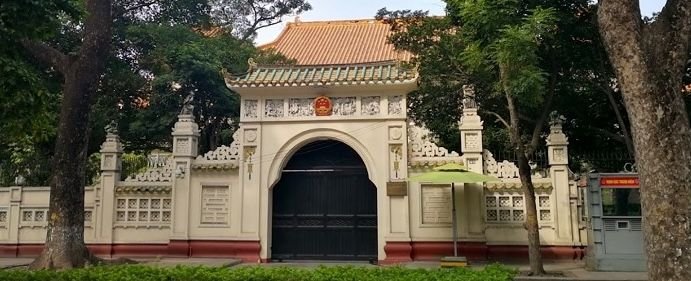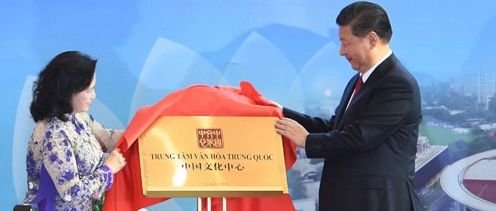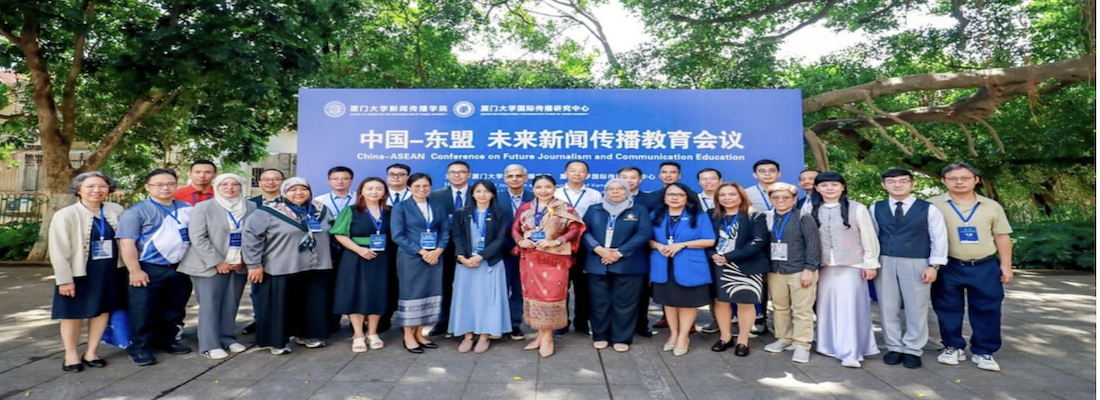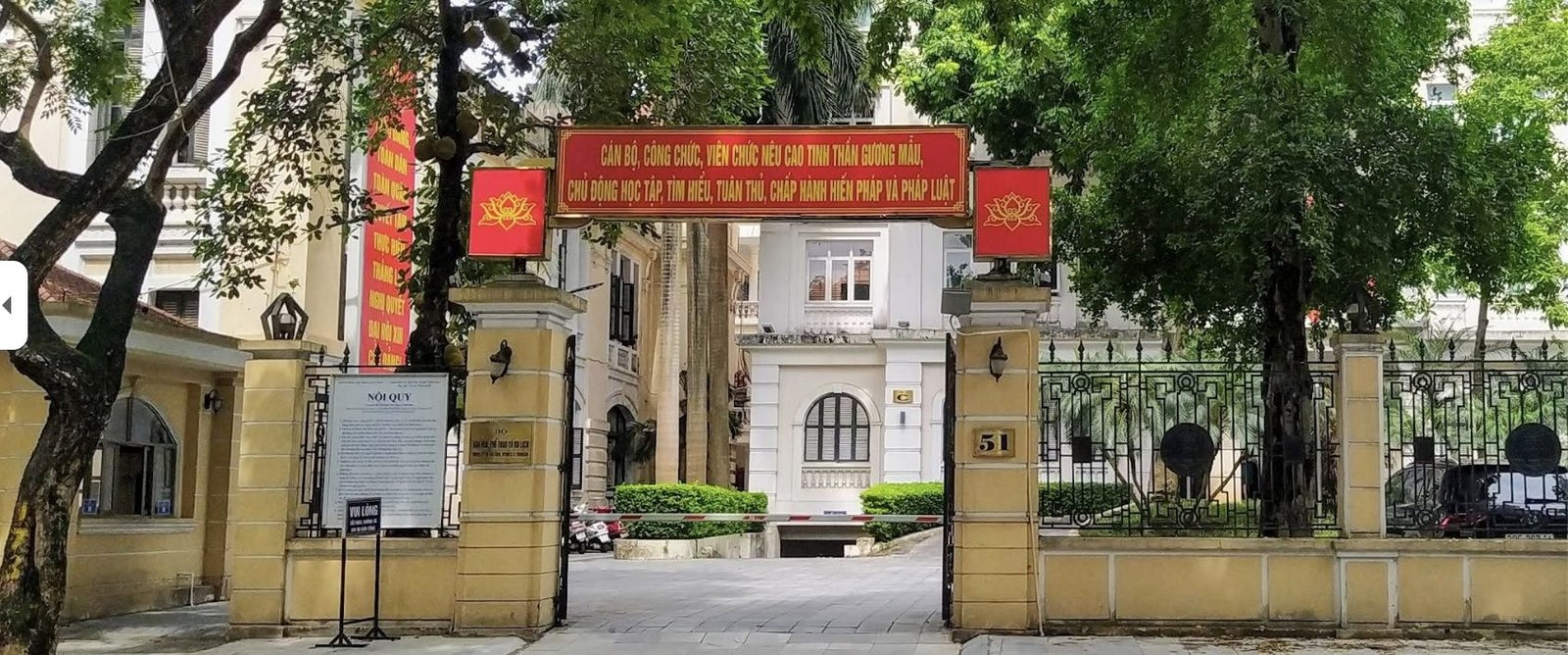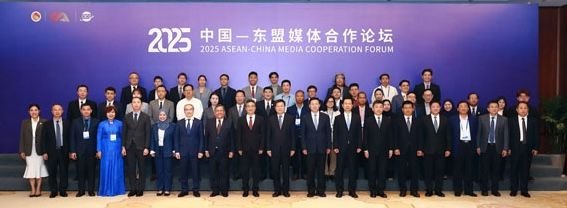Offering an inside look into how China is using provincial-level media resources to strengthen external propaganda, the official Guangxi Daily (广西日报) issued a call for bidding this month for an exchange program with Vietnamese journalists.
The procurement notice, published July 25, seeks a third-party contractor to organize a nine-day joint reporting activity from August 3-11 involving approximately 30 Chinese and Vietnamese mainstream media representatives. The program will include coordinated interviews, a welcome ceremony, and exchange sessions, with services covering transportation, translation, photography, and promotional materials.
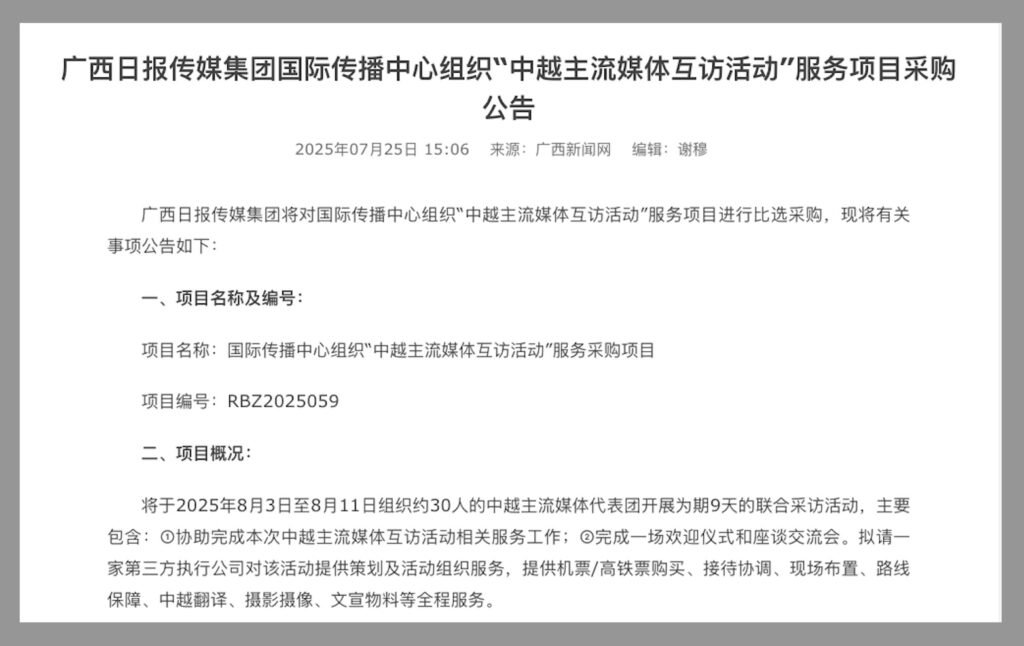
The initiative is being organized by the Guangxi Daily International Communication Center (广西日报国际传播中心), part of the Guangxi Daily Media Group. The center represents a key component of China’s expanding external messaging apparatus at the subnational level.
The formation of international communication centers, or ICCs, at the provincial, city and even county levels across the country responds to a call from Xi Jinping to remake the nation’s system for what the Chinese Communist Party has typically called “external propaganda” (外宣).
The idea driving the policy is that the leadership might, by empowering provincial and local media entities to establish their own international communication centers, leverage more direct knowledge of cross-border dynamics, shared cultural ties, and economic partnerships that national-level outlets might overlook.
This approach reflects a calculated shift from China’s traditional reliance on centralized state media to a more distributed network that can exploit regional advantages. The dispersed structure — which might be called “centralization+” — enables the party to maintain unified messaging while appearing to offer diverse perspectives, creating what officials describe as “singing an international communication ‘chorus'” (唱响国际传播”大合唱”).

